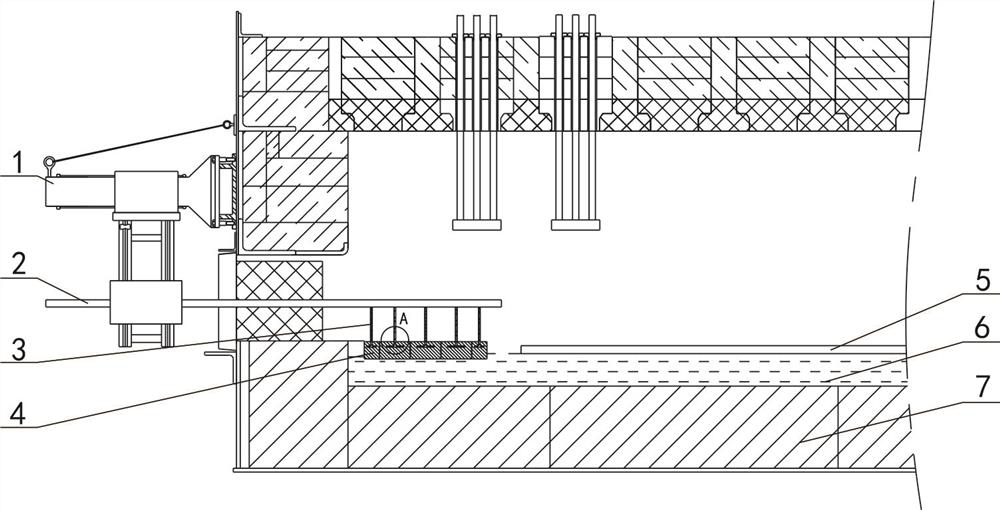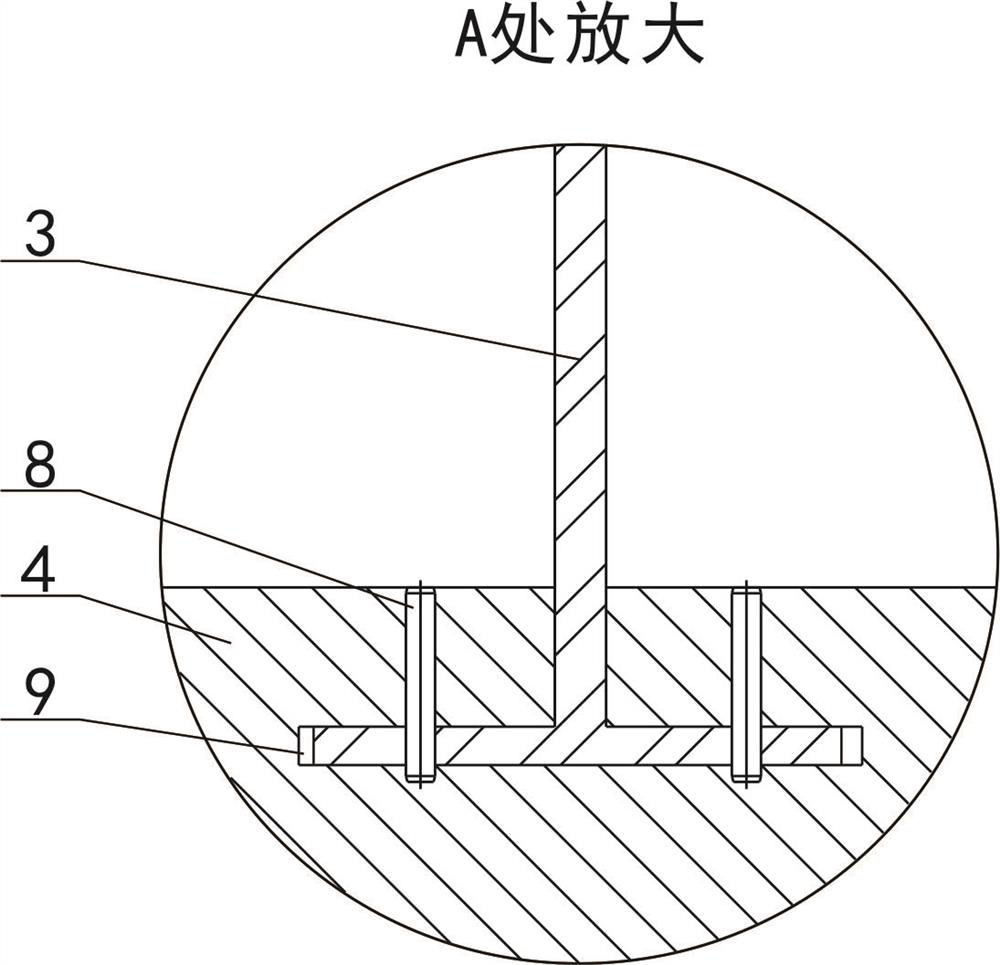Method of reducing tin defects in glass product
A product and defect technology, applied in the field of reducing tin defects in glass products, can solve the problem of dripping onto the upper surface of the glass ribbon or condensing into tin droplets and then dripping onto the upper surface of the glass ribbon, and the tin liquid surface cannot be covered by the glass ribbon , affect the glass quality and other issues, to improve the internal space environment, reduce the exposed area, reduce the effect of tin evaporation
- Summary
- Abstract
- Description
- Claims
- Application Information
AI Technical Summary
Problems solved by technology
Method used
Image
Examples
Embodiment Construction
[0027] The present invention can be explained in more detail by the following examples, and the present invention is not limited to the following examples;
[0028] First of all, it should be noted that the terms "upper", "lower", "front", "rear", "left", "right", "top", "bottom", "inside", etc. The orientation or positional relationship indicated by "outside" is based on the orientation or positional relationship shown in the drawings, and is only for the convenience of description and simplification of description, rather than indicating or implying that the device or element referred to must have a specific orientation, use a specific configuration and operation, and therefore should not be construed as limiting the invention.
[0029] combined with Figure 1~3 A method for reducing tin defects in glass products, said method specifically comprising the steps of:
[0030] The first step is to adjust the liquid tin covering device according to the specifications of the glas...
PUM
 Login to View More
Login to View More Abstract
Description
Claims
Application Information
 Login to View More
Login to View More - R&D
- Intellectual Property
- Life Sciences
- Materials
- Tech Scout
- Unparalleled Data Quality
- Higher Quality Content
- 60% Fewer Hallucinations
Browse by: Latest US Patents, China's latest patents, Technical Efficacy Thesaurus, Application Domain, Technology Topic, Popular Technical Reports.
© 2025 PatSnap. All rights reserved.Legal|Privacy policy|Modern Slavery Act Transparency Statement|Sitemap|About US| Contact US: help@patsnap.com



